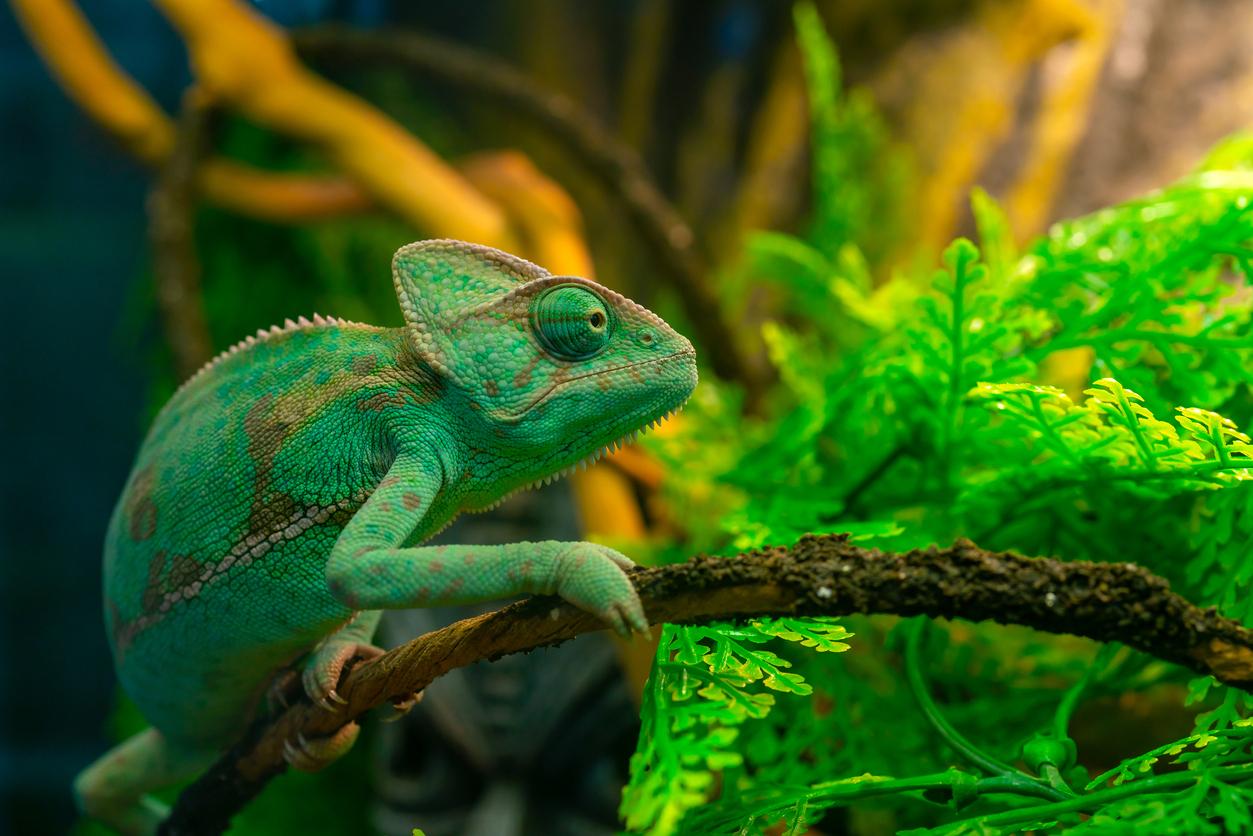At Minnesota Neuropsychology, we have the honor and pleasure to meet brilliant minds every single day. Many of them learn differently and struggle in school because of these differences. One of our core beliefs is that: Our weaknesses do not diminish our strengths; they are simply part of a more complex, beautiful whole.
Stealth dyslexia refers to a form of dyslexia that goes undetected because the individual compensates so well with other cognitive strengths—especially high intelligence, a strong vocabulary, and verbal reasoning. These students often look like top performers in the classroom. They may read quickly, get the gist of a passage, make inferences, and offer insightful commentary, creating the impression of a strong, fluent reader. But underneath this surface-level fluency, the mechanical aspects of reading—decoding, fluency, and phonological processing—may be inefficient or laborious. As the founders of The Yale Center for Dyslexia and Creativity, Shaywitz & Shaywitz, describe in their book Overcoming Dyslexia, this discrepancy between potential and performance is especially common in gifted students, (“Twice Exceptional” or “2E”), where the dyslexia is hidden behind successful compensatory strategies.
Recognizing stealth dyslexia requires looking beyond what’s visible and understanding intraindividual differences—the coexistence of strengths and weaknesses within the same person. One can be both a brilliant thinker and a slow or effortful reader. These students often rely on context, memorization, and a strong verbal memory to compensate for weak decoding skills. Over time, however, the cognitive load of compensation increases, and signs of fatigue, frustration, or avoidance can emerge. Clues may also show up in writing, which often reveals the hidden challenges more clearly than reading does. As Eide and Eide (2011) note in The Dyslexic Advantage , these students are often missed by traditional screening because they perform at or above grade level, yet still experience significant barriers to reading and writing fluency.
While none of the following signs are diagnostic, they can serve as red flags for possible stealth dyslexia:
- Silent reading appears fluent, but comprehension may miss key details; a student gets the gist and extrapolates well.
- Reading aloud may be either rushed and error-prone (skipping small words, misreading) or slow and labored, especially on unfamiliar words.
- Difficulty decoding nonsense words (a classic marker of phonological processing challenges), despite fluent reading of familiar words.
- Avoids reading aloud, prefers silent reading, being read to, or using audiobooks/graphic novels.
- Spelling is unexpectedly weak, especially given strong verbal skills; frequent phonetic or inconsistent spelling errors.
- Writing is a major challenge, with signs such as:
- Illegible or inconsistent handwriting
- Disorganized spacing and poor implementation of mechanics (capitalization, punctuation, paragraph structure)
- Avoidance of writing despite strong verbal expression—e.g., a student who can give a brilliant oral answer but struggles to write a few coherent sentences
- Signs of emotional distress or learned helplessness during reading/writing tasks: frustration, giving up quickly, silly or anxious behavior, or physical restlessness
Early recognition of these signs can open the door to appropriate evaluation and support, empowering students to understand their cognitive profile and advocate for what they need. Ultimately, embracing the idea that both can be true—that a person can be incredibly gifted and still struggle with reading—is a powerful step toward fostering resilience and self-awareness. Our weaknesses do not diminish our strengths; they are simply part of a more complex, beautiful whole.
Learn about dyslexia evaluations at Minnesota Neuropsychology.


